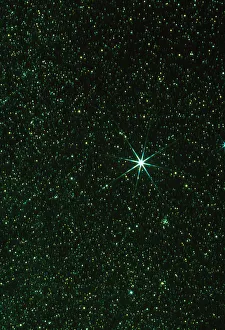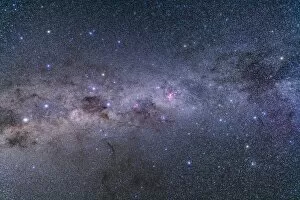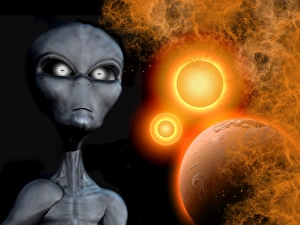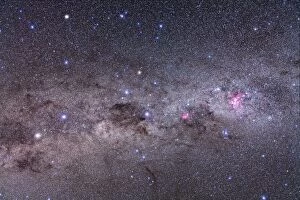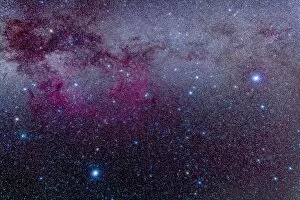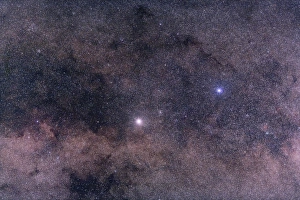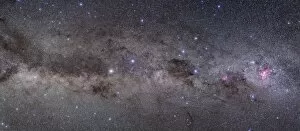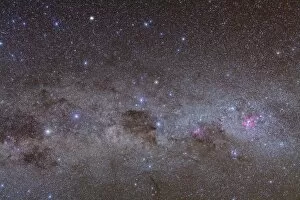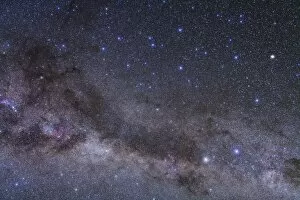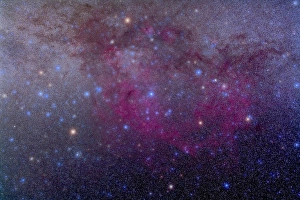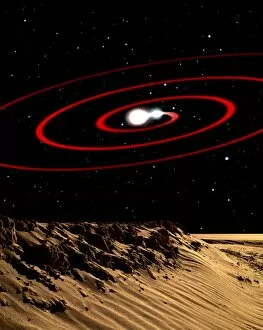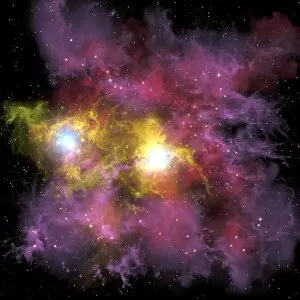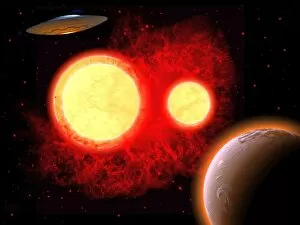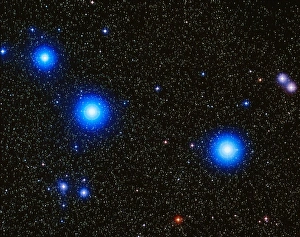Double Star Collection
"Exploring the Mysteries of Double Stars
All Professionally Made to Order for Quick Shipping
"Exploring the Mysteries of Double Stars: A Celestial Journey through the Southern Milky Way" Embark on a cosmic adventure as we delve into the captivating world of double stars. Our journey begins with an optical image of the illustrious Sirius, showcasing its mesmerizing brilliance against a backdrop of infinite darkness. Venturing further into space, we encounter a Grey Alien hailing from the Zeta Reticuli binary star system, reminding us that they are not just celestial wonders but potential homes for extraterrestrial life forms. As we traverse deeper into the southern Milky Way, our eyes are greeted by breathtaking sights such as Eta Carinae, Crux, and Alpha & Beta Centauri. The ethereal beauty of these constellations paints a picture so enchanting that it seems like an artist's concept come to life. The vast expanse of the Gum Nebula complex unfolds before us, revealing its intricate patterns and nebulous formations. It serves as a reminder that within this grand tapestry lies countless mysteries waiting to be unraveled. Alpha and Beta Centauri take center stage in their constellation home of Centaurus. Their radiance illuminates dark lanes filled with nebulosity, adding depth and intrigue to this stellar spectacle. A widefield view captures both Centaurus and Crux in all their splendor. These southern constellations dance across the night sky, leaving stargazers awestruck by their sheer magnificence. Puppis and Vela grace our presence within the southern Milky Way—a sight that evokes wonderment at nature's ability to create such celestial marvels. Their presence reminds us that there is always more to explore beyond what meets the eye. From Vela to Centaurus with Crux & Carina accompanying our journey—this panoramic vista showcases nature's artistry at its finest. The interplay between stars creates an awe-inspiring display that leaves observers spellbound.

